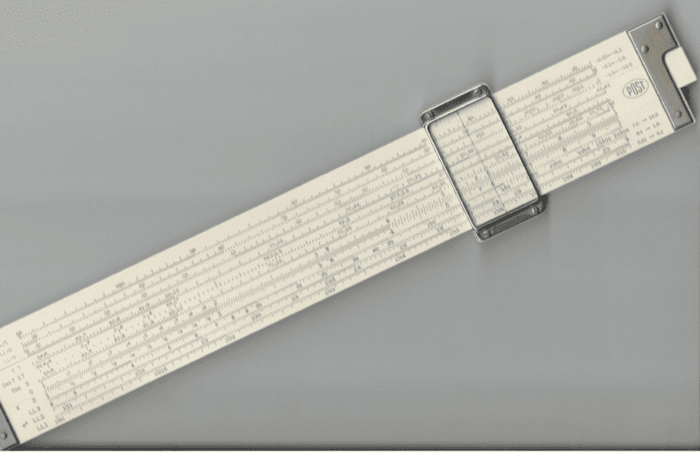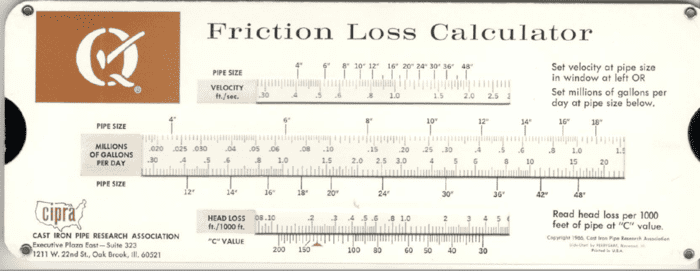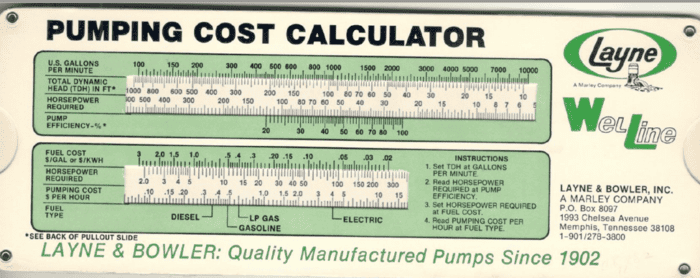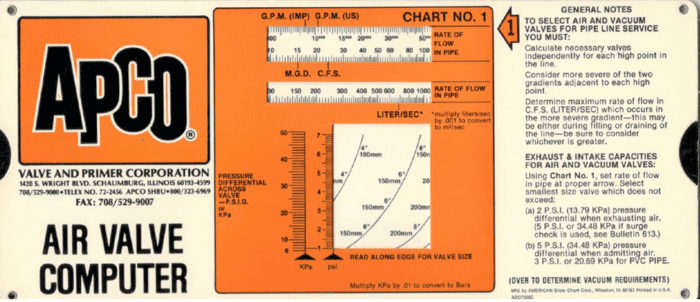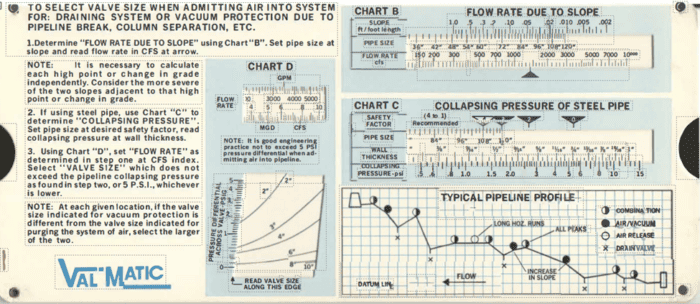Engineering usually involves a good deal of time solving complicated systems of equations. A century ago, engineers spent much of their time performing these tedious calculations manually. Nowadays, we have companies like Bentley that relieve engineers of that computational burden. Engineers back then had do be smarter than today’s engineers in some ways in that they needed to carry this computational burden along with the usual design issues.
In those days, a junior engineer could spend an entire day calculating flows and pressures in a pipe network. At the end of the day, he could show it to his supervisor who would say, “I thought we were going to put a 12-inch pipe over there?” The engineer would look at his boss, look at his day’s work, look at his boss, look at his work again, quietly deposit his work into the trash, and make the required adjustment. Today, he would point to the pipe on his screen, enter “12 inch” and hit “Compute.” Calculation adjusted.
So, back then, how did engineers survive? Well, they did it with a cute little instrument called a slide rule. It worked based on the principle that adding logs of numbers was the same thing as multiplying those numbers. It looks complicated but I made it all the way through physics and engineering classes with one. Here’s a typical slide rule.
In the right hands, a slide rule could solve almost any equation. However, it is pretty imposing and not everyone needed to use all of the scales. People began creating special purpose slide rules to solve specific problems. For example, one of the more difficult things to do with a slide rule was raise a number to a non-integer power. So special slider rules could be set up for such equations. Here is a slide rule that solves the Hazen-Williams equation which has several values being raised to non-integer powers. Using this friction loss slide rule, one could pick any three parameters and it would give you the fourth parameter (Q, D, C, Hloss).
If you wanted to know how much you will pay for pumping energy, here’s a slide rule that, given flow, head, and efficiency, can tell you how much horsepower you would need, and then given the price of energy, would tell you how much you would pay for that pumping energy.
One of the tougher calculations involved sizing air release/vacuum breaker valves. The need for a slide rule of this type of calculation was born out by the fact that two valve companies, APCO and ValMatic developed valve sizing slide rules. The complexity was reflected by the need for using both sides of the slide rule to complete the calculations.
See the APCO slide rule below:
And check out the ValMatic slide rule:
Today, even though hydraulic analysis tools like OpenFlows HAMMER have made these slide rules somewhat obsolete, they can still be helpful in checking things like valve sizing.
Sure, you can’t calculate answers to five decimal places with a slide rule, but in most cases, who needs that precision. In fact, today, in many cases, computers have led to displays of results to a number of “significant” figures that are not justified by the raw data.
I’m wondering how many young (and middle-aged) engineers today can use a slide rule. You have to admire the engineers who created these tools without the aid of computers.
Maybe take a few minutes and relive the past. Give slide rule computing a try.
If you want to contact me (Tom), you can email tom.walski@bentley.com.
Want to learn more from our resident water and wastewater expert?
Join the Dr. Tom Walski Newsletter today!


